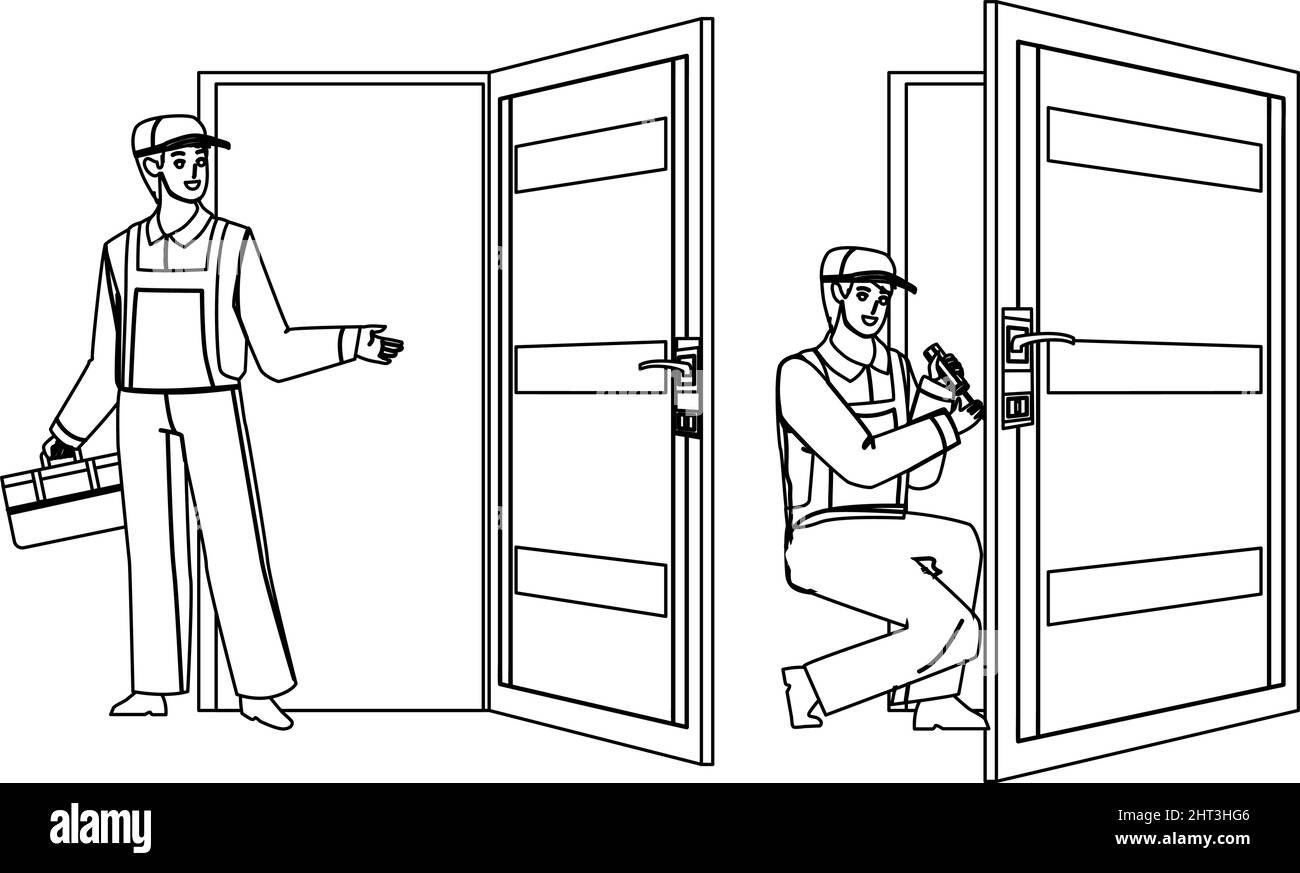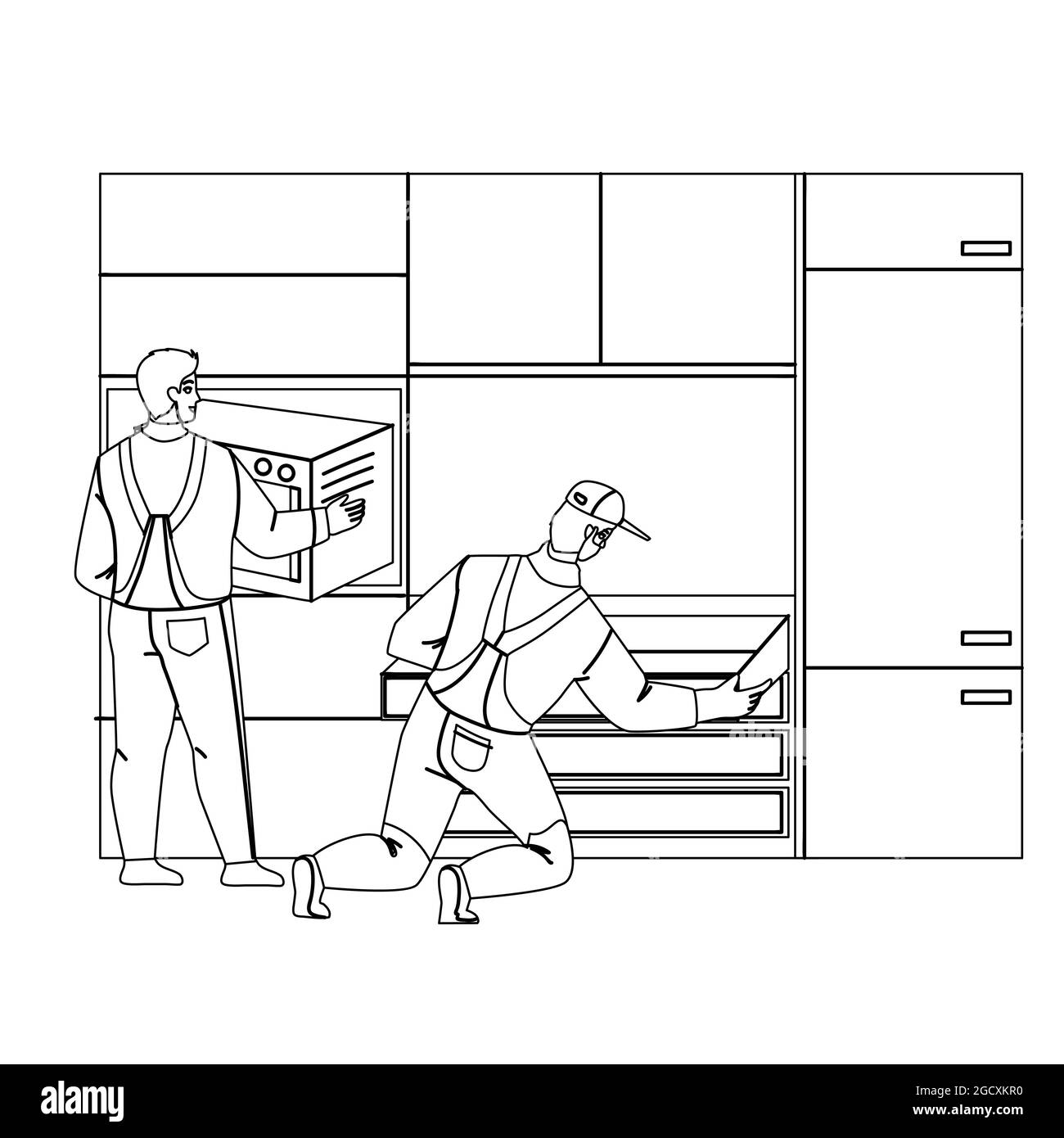
How to Install LED Interior Lighting in Your Car: A Comprehensive Guide
Upgrading your car’s interior lighting to LED (Light Emitting Diode) can dramatically enhance its ambiance, functionality, and overall appeal. LED lights are brighter, more energy-efficient, and longer-lasting than traditional incandescent bulbs. They also come in a variety of colors, allowing you to customize your car’s interior to your liking.
This comprehensive guide will walk you through the process of installing LED interior lighting in your car, step by step. Whether you’re a seasoned DIY enthusiast or a complete beginner, you’ll find the information you need to successfully complete this project.
Why Choose LED Interior Lighting?
Before we dive into the installation process, let’s take a closer look at the benefits of LED interior lighting:
- Brighter Illumination: LED lights produce a much brighter and more focused light compared to incandescent bulbs. This improves visibility inside the car, making it easier to find items, read maps, or perform other tasks.
- Energy Efficiency: LEDs consume significantly less power than incandescent bulbs. This reduces the strain on your car’s electrical system and can potentially improve fuel efficiency.
- Longer Lifespan: LED lights have a much longer lifespan than incandescent bulbs. They can last for tens of thousands of hours, which means you won’t have to replace them as often.
- Customization Options: LEDs are available in a wide range of colors, allowing you to create a unique and personalized interior lighting scheme. You can choose from cool white, warm white, blue, red, green, and many other colors.
- Reduced Heat: LEDs produce very little heat compared to incandescent bulbs. This can make your car’s interior more comfortable, especially during hot weather.
- Instant On/Off: LEDs turn on and off instantly, without any warm-up time. This is especially useful for interior lights that are frequently used.
Tools and Materials You’ll Need
To install LED interior lighting in your car, you’ll need the following tools and materials:
- LED Interior Light Bulbs: Choose the correct type and size of LED bulbs for your car’s interior lights. Consult your car’s owner’s manual or an online bulb compatibility chart to determine the correct bulb types.
- Trim Removal Tools: These plastic tools are designed to safely remove interior trim pieces without damaging them. You can purchase a set of trim removal tools at most auto parts stores.
- Screwdrivers: You may need a Phillips-head and/or a flat-head screwdriver to remove screws that hold interior light fixtures in place.
- Pliers: Pliers can be helpful for gripping and manipulating small parts.
- Wire Strippers/Crimpers (Optional): If you’re installing LED strip lights or other custom lighting, you may need wire strippers and crimpers to connect the wires.
- Electrical Tape or Wire Connectors: Use electrical tape or wire connectors to insulate and secure any wire connections.
- Gloves: Wearing gloves will protect your hands from dirt and grease.
- Safety Glasses: Safety glasses will protect your eyes from debris.
- Owner’s Manual: Your car’s owner’s manual contains valuable information about the location and type of interior lights.
Step-by-Step Installation Guide
Follow these steps to install LED interior lighting in your car:
1. Preparation
- Gather Your Tools and Materials: Make sure you have all the necessary tools and materials before you begin.
- Consult Your Owner’s Manual: Refer to your car’s owner’s manual to identify the location and type of each interior light.
- Disconnect the Battery (Optional but Recommended): To prevent electrical shocks or damage to your car’s electrical system, it’s recommended to disconnect the negative terminal of the battery before starting the installation.
- Work in a Well-Lit Area: Choose a well-lit area to work in, such as your garage or driveway.
2. Remove the Old Bulbs
- Locate the Interior Light Fixtures: Identify the interior light fixtures you want to upgrade to LED. These may include dome lights, map lights, door lights, and trunk lights.
- Remove the Lens or Cover: Use a trim removal tool or a screwdriver to carefully remove the lens or cover of the light fixture.
- Remove the Old Bulb: Depending on the type of bulb, you may need to pull it straight out, twist it, or press it in and twist it. Refer to your owner’s manual or an online resource for specific instructions.
3. Install the New LED Bulbs
- Insert the New LED Bulb: Carefully insert the new LED bulb into the light fixture. Make sure the bulb is properly seated and secured.
- Test the Bulb: Before replacing the lens or cover, turn on the light to make sure the LED bulb is working properly. If the bulb doesn’t light up, try rotating it 180 degrees. LED bulbs are polarity-sensitive, which means they only work in one direction.
4. Reassemble the Light Fixture
- Replace the Lens or Cover: Once you’ve confirmed that the LED bulb is working, carefully replace the lens or cover of the light fixture. Make sure it’s securely attached.
- Repeat for Other Lights: Repeat the process for all the other interior lights you want to upgrade to LED.
5. Install LED Strip Lights (Optional)
- Plan the Placement: Determine where you want to install the LED strip lights. Common locations include under the dashboard, under the seats, or in the footwells.
- Measure and Cut the Strip Lights: Measure the length of LED strip lights you need and cut them to size using scissors.
- Connect the Wires: Use wire strippers and crimpers to connect the LED strip lights to a power source. You can tap into an existing interior light circuit or run a new wire directly to the battery.
- Secure the Strip Lights: Use adhesive tape or clips to secure the LED strip lights in place.
6. Final Steps
- Reconnect the Battery (if disconnected): If you disconnected the battery, reconnect the negative terminal.
- Test All the Lights: Turn on all the interior lights to make sure they are working properly.
- Clean Up: Clean up any tools and materials.
Tips and Considerations
- Choose the Right LED Bulbs: Make sure you choose the correct type and size of LED bulbs for your car’s interior lights.
- Use Trim Removal Tools: Avoid using metal tools to remove interior trim pieces, as this can damage them.
- Be Careful with Wiring: If you’re working with electrical wiring, be careful to avoid electrical shocks.
- Test the Lights Before Reassembling: Always test the lights before reassembling the light fixtures to make sure they are working properly.
- Consider Professional Installation: If you’re not comfortable installing LED interior lighting yourself, consider having a professional do it for you.
Conclusion
Installing LED interior lighting in your car is a relatively simple and affordable way to improve its ambiance, functionality, and overall appeal. By following the steps outlined in this guide, you can successfully upgrade your car’s interior lighting to LED and enjoy the many benefits that LED lights offer.
